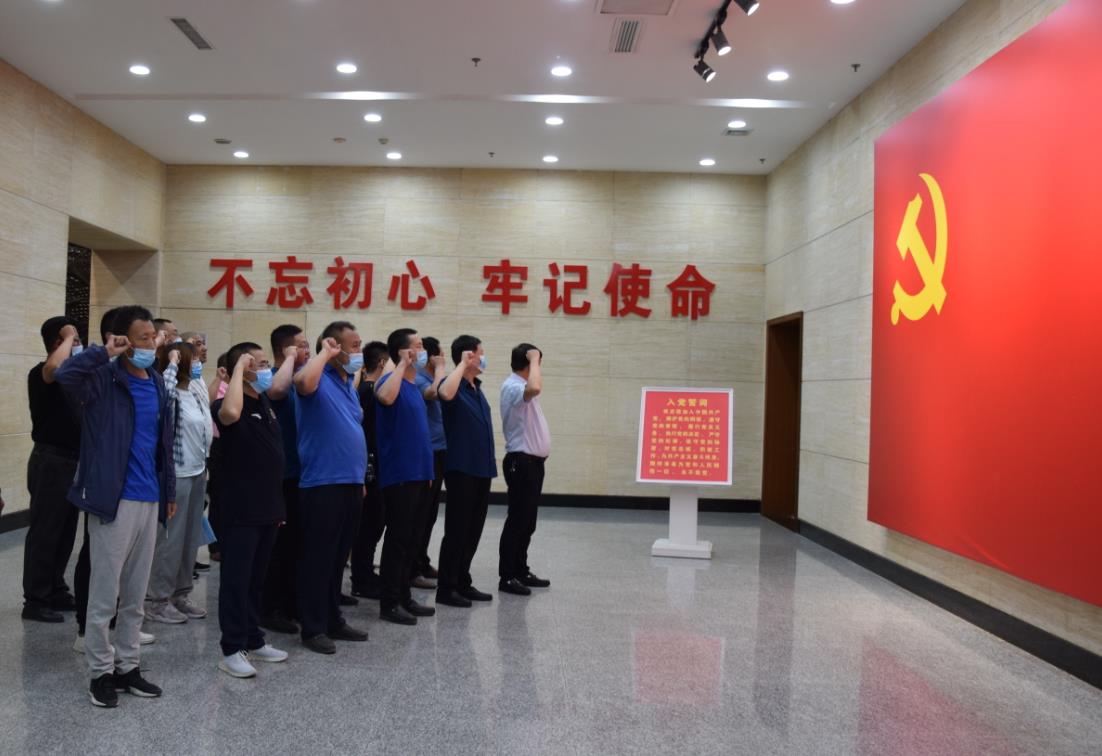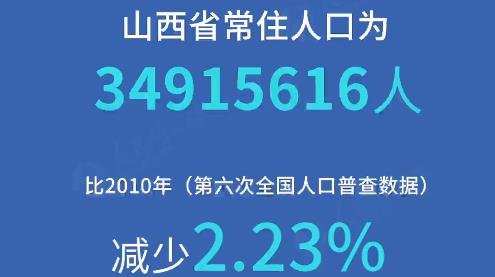
Farmers in Xinjiang county dry corn in the sunlight after a harvest. GAO XINSHENG/FOR CHINA DAILY
Despite the outbreak of the COVID-19 pandemic, North China's Shanxi province maintained steady growth in almost all economic sectors in 2020, according to recent figures from the Shanxi Statistics Bureau.
The province's GDP increased 3.6 percent year-on-year to 1.76 trillion yuan ($273.2 billion), while the grain output rose 4.6 percent to 14.34 million metric tons and the per capita disposable income of urban residents grew 4.6 percent to 34,793 yuan, the bureau's deputy chief and spokesman Wei Yongjie said at a news conference on Jan 22.
The official added that the price of local consumer goods increased only 2.9 percent on average, well below the expected inflation rate of 3.5 percent.
"The GDP growth is especially encouraging considering the novel coronavirus pandemic," Wei said. "The outbreak dragged the first quarter GDP growth to minus 4.6 percent but the local economy began to recover and gain momentum in the second quarter."
The official said another exciting figure was grain production, with per-unit output reaching a historical high last year.
Wei attributed the local economic resilience to the governments' effective measures to prevent and control the pandemic and to resume production and operations.
The official said the crucial period of plowing and sowing in the spring of 2020 was in concurrence with the widespread COVID-19 virus in China.
To overcome the difficulties, governments at various levels in Shanxi arranged more than 3,000 officials and experts to go to the countryside, helping farmers with pandemic prevention and offering them services relating to farming technologies and production, according to Wei.
The good harvest of crops throughout Shanxi can also be attributed to the efforts of local agronomists and agricultural researchers.
In the village of Dongguan in Yicheng county, for instance, a group of agricultural experts from research institutions and universities in Shanxi developed a crop seedling base to cultivate high-quality and high-yield varieties. As a result, the village's officials announced on June 14, 2020 that per hectare output of wheat was 11,853 kilograms, setting a record for winter-sowed wheat in Shanxi.
A similar piece of good news was also reported in the village of Qingdui in Fenyang city.
Zhang Zhiguan, a farmer in the village, operates a sorghum plantation of 60 hectares.
"Per hectare output of sorghum harvested in my plantation this year reached a historical high of 12,600 kg," Zhang said on Nov 13, 2020. "One piece of land even had a per hectare output of 14,409 kg, a record in Shanxi province.
The farmer added that the net income from the plantation was about 2 million yuan last year.
In the industrial sector, an even more satisfactory performance was reported in Shanxi for 2020.
The industrial added value of enterprises above designated scale-companies with annual business income exceeding 20 million yuan-increased 5.7 percent year-on-year in 2020. The rate was 2.9 percentage points higher than the national average, according to the Shanxi Statistics Bureau.
High-tech industries reported an especially brilliant performance in 2020, with a year-on-year growth rate of 9.6 percent. Among these, the electronic and information technology equipment manufacturing sector increased by 13.4 percent and the new-generation IT sector grew by 12.8 percent from a year earlier.
One reason behind the impressive growth was Shanxi's recent strategy to transform its growth model from a coal-reliant economy to one featuring diversified sectors and driven by high technology, said Zhang Zhanxiang, deputy chief of the Shanxi Department of Industry and Information Technology.
A successful example demonstrating such a transformation is Xinyuan Coal Mine, a subsidiary of Huayang Group based in Yangquan city in the east of Shanxi.
An intelligent operational center, featuring huge displays showing gas levels, temperature, humidity and general working conditions in underground shafts, as well as computers and control devices, is the brain of the coal mine company.
It is connected with in-shaft monitoring devices and mining machines via a 5G network, not only increasing efficiency but also greatly improving safety for workers.
Company executives said Xinyuan is China's first 5G-connected coal mine, with a special 5G network reaching a depth of 534 meters below the ground. Telecom giants China Mobile and Huawei supplied and installed the network system.
"We have realized a full 5G coverage in all our shafts with underground base stations," said Cui Maosheng, a Xinyuan executive in charge of intelligent operations.
"In the past, all the tasks of monitoring, surveillance, drilling and mining were conducted by manpower," Cui said. "But today all the operations are done by an intelligent and automatic system."
Wang Haigang, deputy general manager of Xinyuan, said the company's ultimate objective is to realize fully intelligent management featuring unmanned operations under the ground and automated control at the intelligent operational center.
"Thanks to the use of intelligent technologies, the number of workers working underground has been reduced by 321 over the past five years," Wang said.
Yao Weiwei contributed to this story.
By YUAN SHENGGAO
 山西路桥:党建引领 建好“四好农村路”山西路桥建设集团党委扎实开展“党建质量提升年”,实施“六大工程”,立足“十四五”高质量、高速度、高效益发展的战略基点,全面提高党建质量和党建引领发展水平,为打造“国内一流的交通基础设施投资、建设、施工现代化企业集团”提供坚强政治保障。
山西路桥:党建引领 建好“四好农村路”山西路桥建设集团党委扎实开展“党建质量提升年”,实施“六大工程”,立足“十四五”高质量、高速度、高效益发展的战略基点,全面提高党建质量和党建引领发展水平,为打造“国内一流的交通基础设施投资、建设、施工现代化企业集团”提供坚强政治保障。
 常住人口3491万 山西人口普查数据"出炉"山西省统计局向社会通报山西省第七次全国人口普查主要数据。数据显示,山西省常住人口为34915616人,比2010年(第六次全国人口普查数据,下同)减少2.23%,年平均减少0.23%。山西省常住人口总量减少,主要受人口流动变化等因素影响。
常住人口3491万 山西人口普查数据"出炉"山西省统计局向社会通报山西省第七次全国人口普查主要数据。数据显示,山西省常住人口为34915616人,比2010年(第六次全国人口普查数据,下同)减少2.23%,年平均减少0.23%。山西省常住人口总量减少,主要受人口流动变化等因素影响。